| Published in Destinations |
Sagres, Portugal
On the southwestern tip of Portugal's Algarve region, stands Sagres, a raw beauty of nature and witness of human exploration.
This small coastal town, often referred to as "The End of the World," has played a pivotal role in maritime exploration history and continues to captivate visitors with its rugged landscapes, pristine beaches, and cultural heritage.
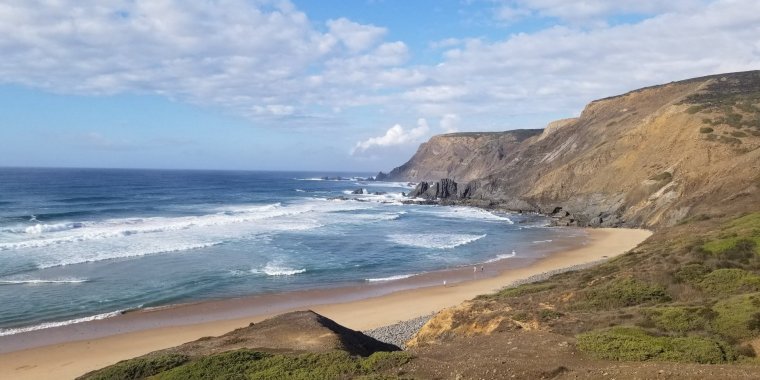
Praia da Ponta Ruiva. Photo: D. Stefanita
Historical Significance
In the 15th century, Sagres became the base for Prince Henry the Navigator's1 naval academy, which launched the Portuguese Age of Discovery. The town's location made it an ideal starting point for explorers venturing into the waters of the Atlantic.
This legacy is preserved in the Fortaleza de Sagres, a fortress perched at top of cliffs overlooking the ocean. Originally constructed in the 16th century, it has weathered centuries of history, including destruction by British privateer Francis Drake in 1587 and subsequent rebuilding in 1606.

Cape Sagres with Fortaleza de Sagres. Credit: Bextrel, Wikipedia.
Today, visitors can explore its impressive walls, a tiny chapel, and a mysterious compass rose discovered beneath a church. The site offers breathtaking views of the coastline and serves as a poignant reminder of Portugal's maritime prowess.
Under Prince Henry's direction, the School of Sagres became a hub of technical and scientific knowledge, attracting scholars and mariners from across Europe. It was from this remote outpost that Portuguese explorers like Bartolomeu Dias, the first European to go around the Cape of Good Hope, and Vasco da Gama, the pioneering navigator who reached India by sea, launched their historic voyages.
Natural Wonders
Sagres has some of the most spectacular scenery in the Algarve. The town is flanked by two coasts, offering diverse landscapes. To the west, the Atlantic coastline presents powerful waves and rugged cliffs, while the southern coast features calmer waters and golden beaches.
Located just a few kilometers from Sagres is Cape St. Vincent, home to a lighthouse considered one of the most powerful in Europe. It's also renowned as one of the best places to witness awe-inspiring views of both sunrise and sunset.
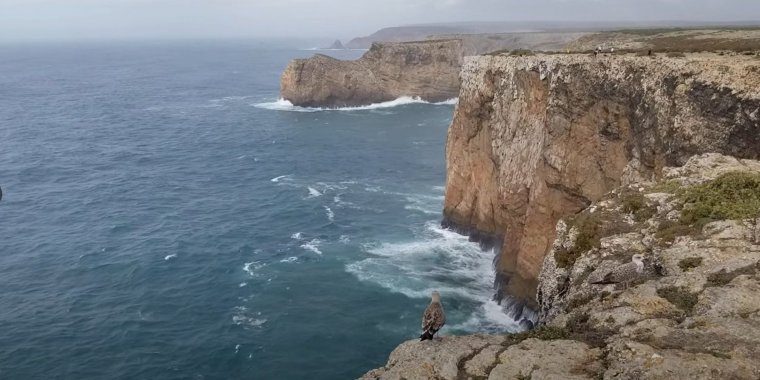
Cabo de São Vicente. Photo: D. Stefanita
In recent years, Sagres has gained fame as a premier surfing destination. Its unique position at the confluence of two coasts means that surfers can find suitable waves year-round.
In winter, when the Atlantic coast's waves are too powerful, the southern beaches offer more manageable swells. Conversely, summer sees surfers flocking to the western coast for better conditions.
Beaches like Praia do Tonel, Praia do Beliche, Praia da Ponta Ruiva and Praia da Mareta have become hotspots for surf enthusiasts of all levels.
The town's laid-back atmosphere and numerous surf schools make it an ideal place for beginners to learn the sport, while experienced surfers can challenge themselves on more demanding breaks.
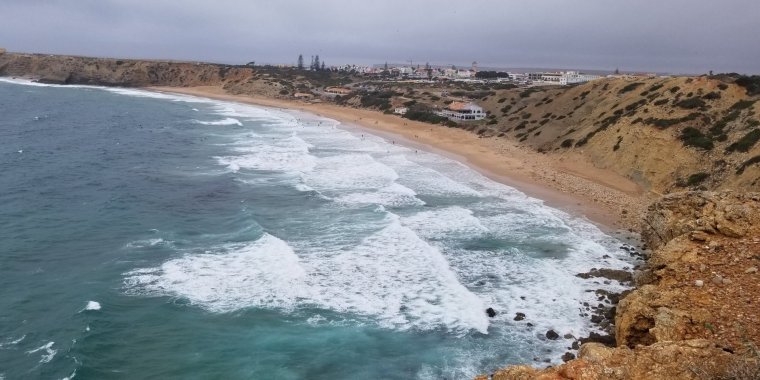
Praia da Mareta. Photo: D. Stefanita
Cultural Charm
Despite its growing popularity among tourists and surfers, Sagres retains its charm. The town moves at a slower pace compared to other Algarve destinations, offering visitors a chance to connect with nature. Local restaurants serve fresh seafood, and small cafes provide perfect spots to relax and soak in the atmosphere.
The town's museums and historical sites offer a window into the triumphs and challenges faced by the intrepid Portuguese navigators who braved the unknown waters of the Atlantic.
The legend of Saint Vincent2 adds a layer of mystique to Sagres.
According to local lore, the saint's remains were brought to the cape in the 4th century, guarded by ravens. This story has become intertwined with the town's identity, symbolizing the blend of history, faith, and nature that characterizes Sagres.
In an age of over-tourism and commercialization, Sagres remains a place of authenticity, mixing the beauty of nature and the weight of history. It's a place where one can truly feel at the edge of the world.
Sources
• wikipedia.org
Footnotes
1. Dom Henrique of Portugal, Duke of Viseu (4 March 1394 – 13 November 1460), better known as Prince Henry the Navigator (Portuguese: Infante Dom Henrique, o Navegador), was a central figure in the early days of the Portuguese Empire and in the 15th-century European maritime discoveries and maritime expansion. Through his administrative direction, he is regarded as the main initiator of what would be known as the Age of Discovery. Henry was the fourth child of King John I of Portugal, who founded the House of Aviz.
After procuring the new caravel ship, Henry was responsible for the early development of Portuguese exploration and maritime trade with other continents through the systematic exploration of Western Africa, the islands of the Atlantic Ocean, and the search for new routes. He encouraged his father to conquer Ceuta (1415), the Muslim port on the North African coast across the Straits of Gibraltar from the Iberian Peninsula. He learned of the opportunity offered by the Saharan trade routes that terminated there, and became fascinated with Africa in general; he was most intrigued by the Christian legend of Prester John and the expansion of Portuguese trade. He is regarded as the patron of Portuguese exploration. (Source: Wikipedia)
2. Vincent of Saragossa (also known as Vincent Martyr, Vincent of Huesca or Vincent the Deacon), the Protomartyr of Spain, was a deacon of the Church of Saragossa. He is the patron saint of Lisbon, Algarve, and Valencia.
YOU MAY ALSO LIKE
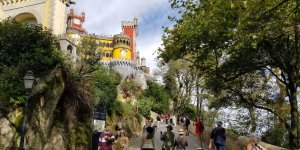
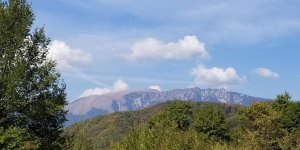

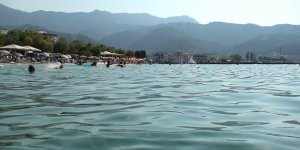
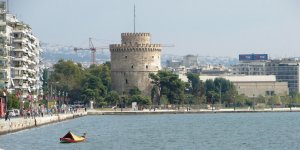
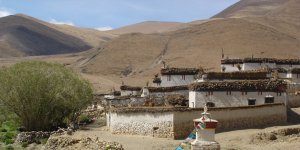
 If you own or manage a travel-related business such as a hotel, a bed-and-breakfast, a restaurant, a pub or a cafeteria, you can create a web page for your business for free on Titi Tudorancea Travel Info. » |